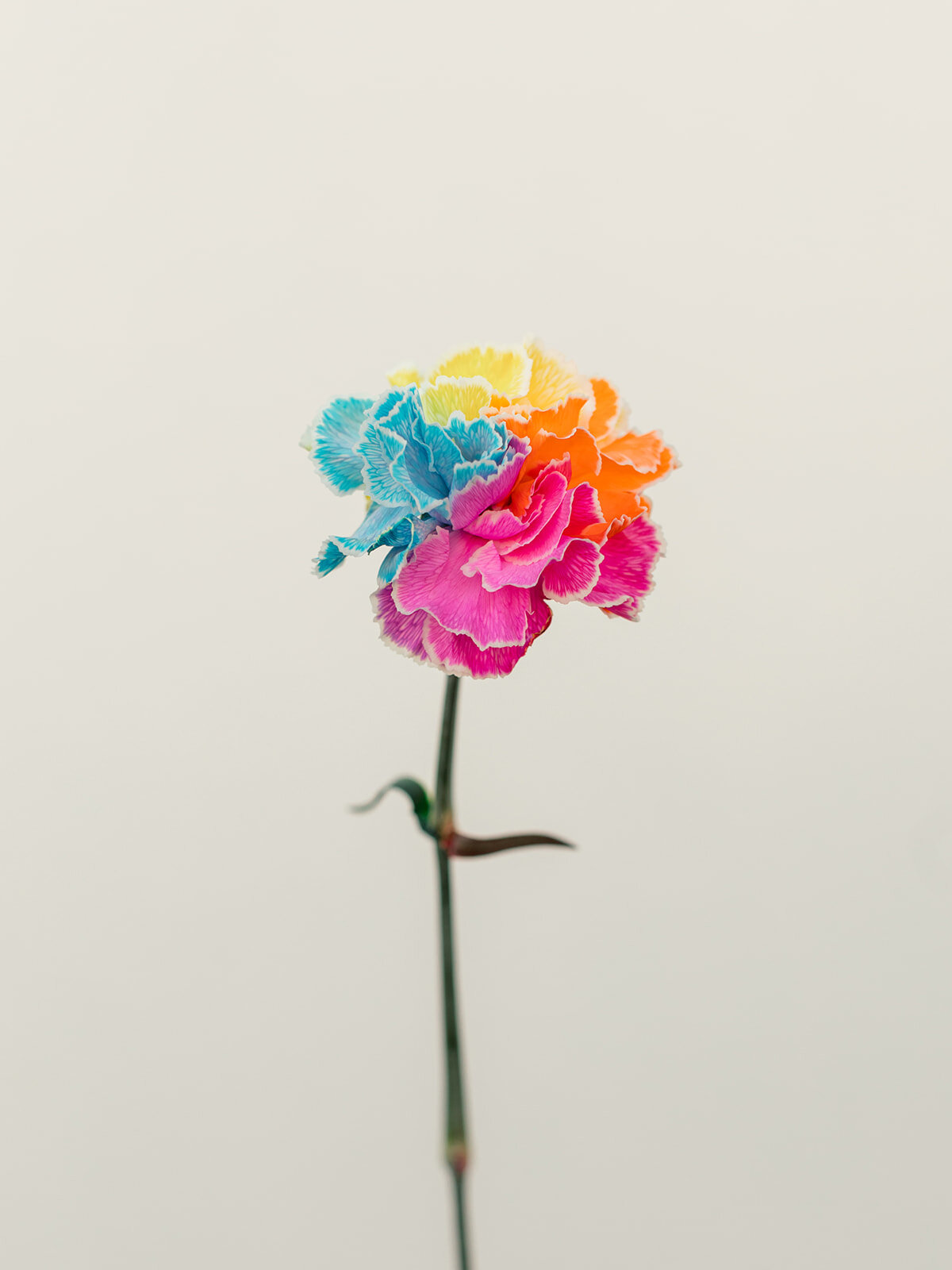We LOVE all flowers and while they are all beautiful in their own right, we do have some of our own favorites! When selecting flowers for our designs we like to choose the unusual, unique and interesting blooms that speak to us. We also consider seasonality, color and what purpose each flower will serve in our designs.
We are beyond excited for all the amazing blooms that appear to reflect the warm summer season. Since so much of our design inspiration is driven by the changing seasons, we want to share and educate you about the flowers of summer.
These seasonal blooms are used in our Summer Bouquet and Arrangement Collection - not only will you know more about the flowers we are using but you can also purchase and enjoy them in the comfort of your home, studio or office.
With that said, we are introducing our first flower of the series!
The Carnation!
With a history that dates back more than 2,000 years, it's not surprising that carnations are rich with symbolism, mythology and even debate. While some scholars suggest that their name comes from the word "corone" (flower garlands) or "coronation" because of its use in Greek ceremonial crowns, others propose that it's derived from the Latin "carnis" (flesh) referring to the flower's original pinkish-hued color or "incarnacyon" (incarnation), referring to the incarnation of God-made flesh.
Today, carnations can be found in a wide range of colors, and while in general they express love, fascination and distinction, virtually every color carries a unique and rich association. White carnations suggest pure love and good luck, light red symbolizes admiration, while dark red represents deep love and affection. Purple carnations imply capriciousness, and pink carnations carry the greatest significance, beginning with the belief that they first appeared on earth from the Virgin Mary's tears – making them the symbol of a mother's undying love.
This hardy, sweetly fragrant flower is also the state flower of Ohio, the January birth month flower and the 1st wedding anniversary flower.
The single flowers of the Carnations species, Dianthus caryophyllus have 5 petals and vary from white to pink to purple in color. Border Carnation cultivars may have double flowers with as many as 40 petals.
When grown in gardens, Carnations grow to between 6 and 8.5 cm in diameter. Petals on Carnations are generally clawed or serrated.
Carnations are bisexual flowers and bloom simply or in a branched or forked cluster. The stamens on Carnations can occur in one or two whorls, in equal number or twice the number of the petals.
The Carnation leaves are narrow and stalk less and their color varies from green to grey-blue or purple. Carnations grow big, full blooms on strong, straight stems.
Fun Facts:
Carnations express love, fascination and distinction.
Carnations are native to Eurasia.
Historically, Carnations are known to have been used for the first time by Greeks and Romans in garlands.
Carnations are exotic to Australia but have been grown commercially as a flower crop since 1954.
Carnation blooms last a long time even after they are cut.
Carnation flowers have become symbolic of mother's love and also of Mother's Day.
We hope you enjoyed the first flower of our Favorite Flower Series - check back next week for our next flower!
Sources: Teleflora, Pickupflowers


